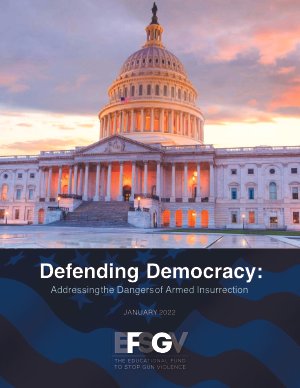By Darrell A. H. Miller
To an external observer, the moral and historical foundations of the insurrectionary Second Amendment must look bizarre. Instead of building an insurrectionist theory around the one group — enslaved Africans — who, by the framers’ own measure, had the most right to resist tyranny, we have a Second Amendment theory of righteous revolution built on the grievances of slave owners. But the peculiarity does not stop there. It must seem equally odd to outsiders that insurrectionist theory never adequately accounts for the fact that this one group, African Americans — with centuries of moral justification behind them — decided in the middle of the 20th century to reject violent political dynamism in favor of nonviolence. In short, what would Second Amendment insurrectionism look like if it started with the enslaved African and ended with the march across Edmund Pettus Bridge? This essay attempts to reckon with these twin paradoxes and reorient our thinking about the credibility of the insurrectionary Second Amendment.
New York: Brennan Center for Justice at New York University School of Law, 2021. 11p.





















